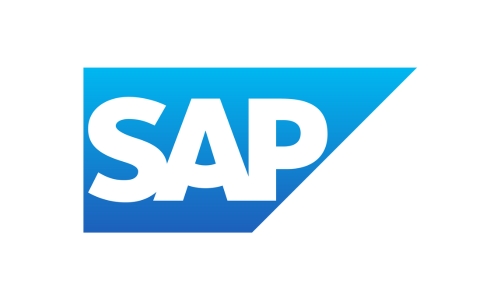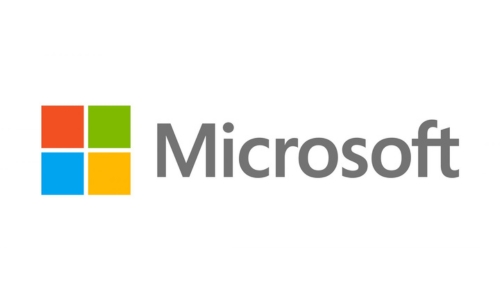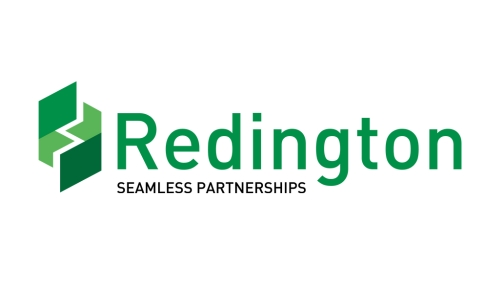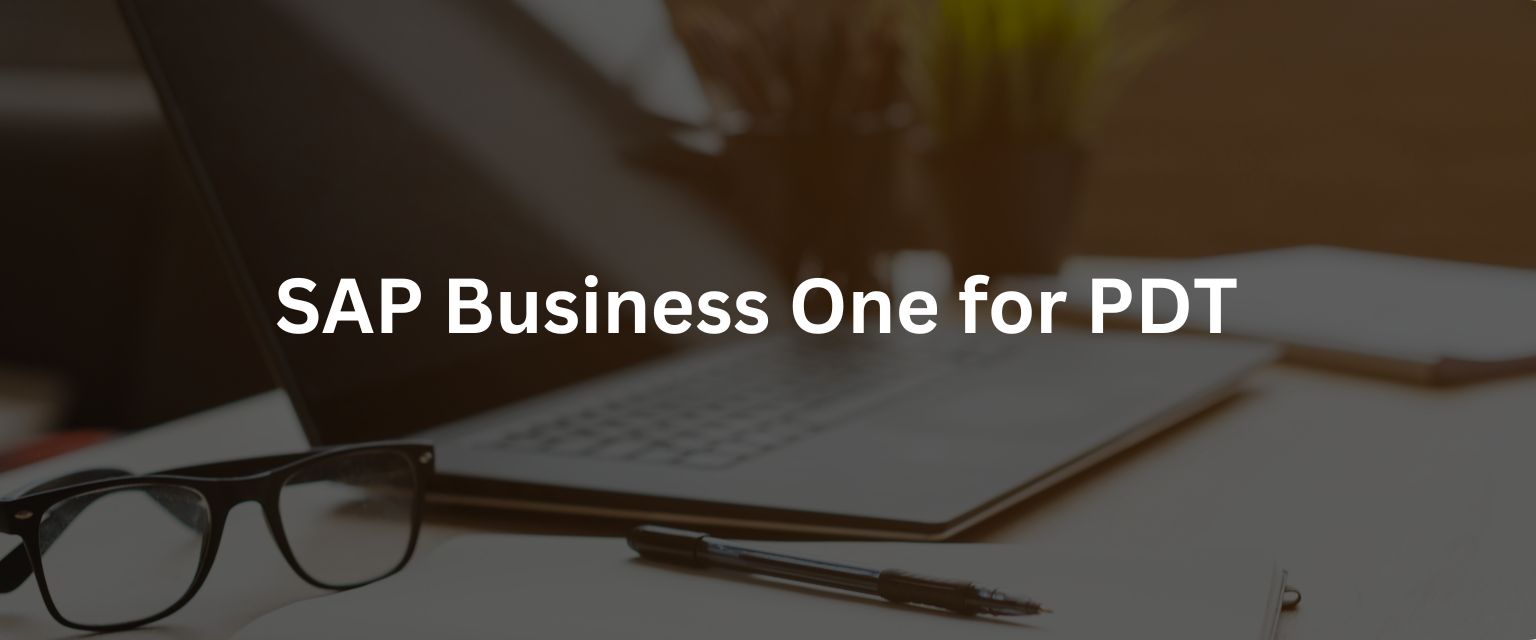Table of Contents
If you’re running a business, you know how tough it can be to manage everything—sales, inventory, finances, and customer relationships—all at the same time. That’s where SAP Business One comes in. It’s a powerful software solution designed for small and medium-sized businesses, helping them streamline operations and grow efficiently.
But what about PDT (Process, Discrete, and Traceability)? If your business deals with manufacturing, distribution, or compliance-heavy industries, integrating SAP Business One with PDT functionalities can take your operations to the next level.
SAP Business One for PDT is an industry add-on that enhances the core SAP Business One system, providing specialized tools for tracking production processes, managing compliance, and improving traceability.
In this guide, we’ll break down SAP Business One for PDT in a simple way, showing you how it works, why it matters, and how it can help your business stay ahead.
History of SAP Business One for PDT
Why Was It Created?
-
Businesses in manufacturing, distribution, and regulated industries needed a better way to track their products, manage production, and follow strict compliance rules. SAP Business One for PDT (Process, Discrete, and Traceability) was developed to solve these challenges.
The goal was to:
- Simplify complex production processes for manufacturers.
- Ensure full product traceability from raw materials to the final product.
- Help businesses comply with industry regulations easily.
Before this, many companies relied on manual tracking and disconnected systems, leading to errors, delays, and compliance risks. SAP Business One for PDT was created to bring everything into one system, reduce errors, and improve efficiency.
Who Created It?
SAP Business One for PDT was developed by SAP SE, a global software company. The key figures behind SAP’s innovations include Hasso Plattner, Dietmar Hopp, Klaus Tschira, Claus Wellenreuther, and Hans-Werner Hector. Their vision was to create solutions that help businesses of all sizes, including those with complex manufacturing and traceability needs.
When and Where Was It Created?
There is no confirmed data on exactly when and where SAP Business One for PDT was created. However, we do know that SAP Business One itself was originally developed in 1996 in Israel by a company called TopManage. In 2002, SAP SE, headquartered in Walldorf, Germany, acquired it and expanded its features over time, including PDT functionalities.
Though the exact timeline of SAP Business One for PDT is unclear, it has evolved over the years to become a powerful solution for industries that need process tracking, discrete manufacturing, and compliance management.
How SAP Business One for PDT Works
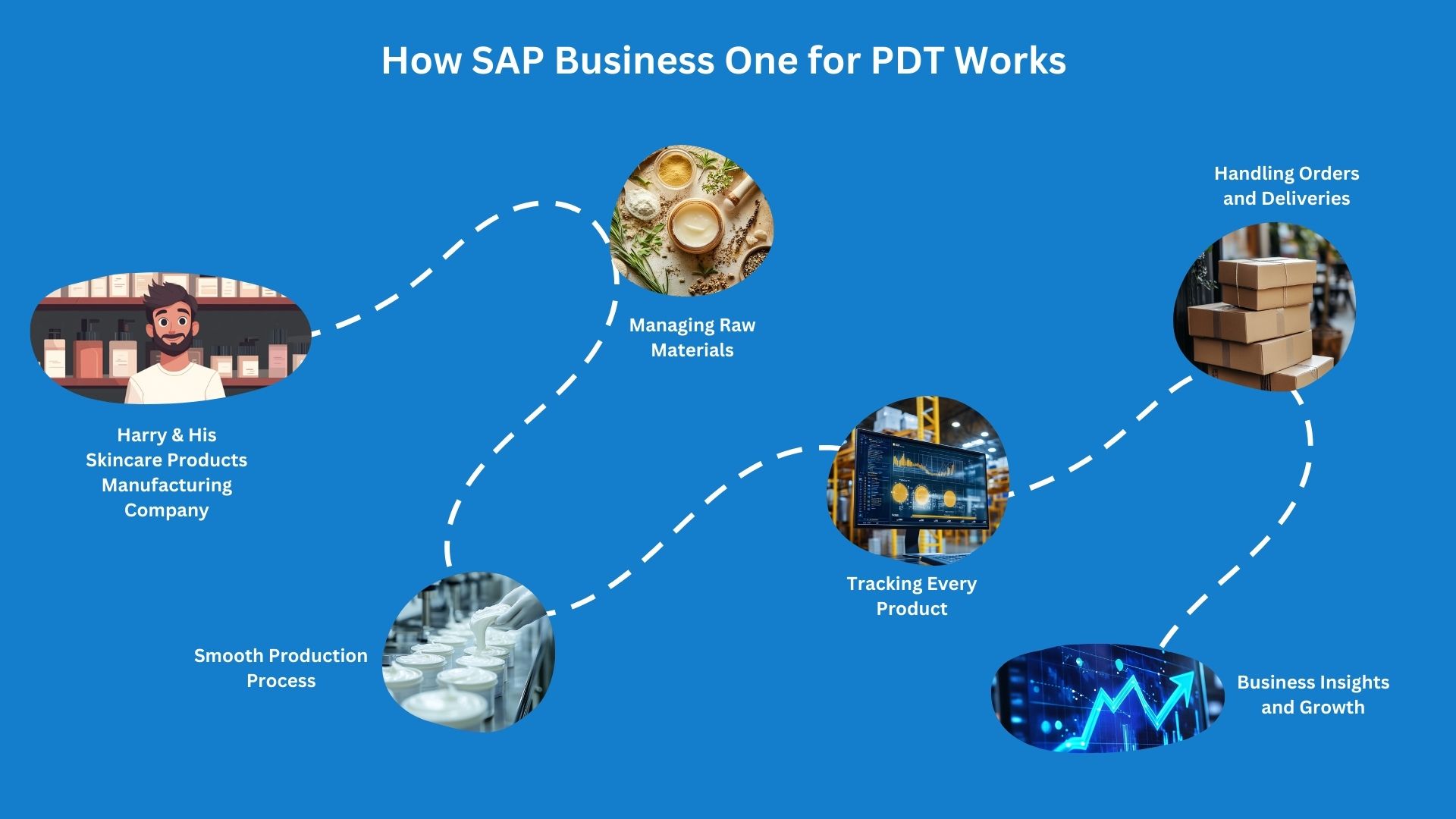
Imagine Harry, who owns a small manufacturing company that produces organic skincare products. His business is growing, but managing raw materials, production, inventory, and compliance rules is getting harder. Mistakes in tracking ingredients and following safety regulations could cost him time and money.
One day, Harry decides to use SAP Business One for PDT to simplify his operations. Here’s how it transforms his business:
Step 1: Managing Raw Materials
Before, Harry struggled to track where his ingredients came from and how much he had left. With SAP Business One for PDT, he can:
✅ Scan and record each batch of ingredients.
✅ Know the exact source of every item (traceability).
✅ Get alerts when stock is running low.
Now, he never runs out of ingredients or wastes money on excess stock.
Step 2: Smooth Production Process
Harry’s team used to rely on manual checklists, leading to errors and delays. With SAP Business One for PDT:
✅ The system creates a step-by-step process for production.
✅ Each stage is recorded automatically.
✅ Employees can see real-time updates on their screens.
This means fewer mistakes and faster production.
Step 3: Tracking Every Product
In skincare manufacturing, quality control is critical. If a customer reports an issue, Harry needs to find out which batch it came from. With SAP Business One for PDT, he can:
✅ Instantly check when and where a product was made.
✅ Find affected batches and remove them quickly if needed.
✅ Ensure every product meets industry regulations.
Now, Harry feels confident about quality and safety.
Step 4: Handling Orders and Deliveries
Before, orders were a mess—some were delayed, and others went to the wrong customers. With SAP Business One for PDT:
✅ Orders are processed automatically.
✅ The system tracks shipments and updates customers.
✅ He can see real-time inventory levels to avoid over-promising.
Now, Harry’s customers receive their orders on time, and his reputation improves.
Step 5: Business Insights and Growth
Harry used to make business decisions based on guesswork. Now, SAP Business One for PDT provides:
✅ Reports on sales, inventory, and production in one place.
✅ Predictions on what products will be in demand.
✅ Insights to reduce costs and increase profits.
With this information, Harry expands his business without stress.
How SAP Business One for PDT Stands Apart from Other SAP Solutions
|
feature |
SAP Business One |
SAP Business One for PDT |
SAP Business One for Real Estate |
SAP Business One for Rental |
SAP Business One for Fashion |
|---|---|---|---|---|---|
|
Industry Focus |
General Business ERP |
Manufacturing & Distribution |
Real Estate Management |
Equipment & Asset Rentals |
Fashion & Apparel Industry |
|
Key Functionalities |
Finance, Sales, Inventory, CRM |
Process, Discrete, & Traceability (PDT) |
Property Listings, Lease Tracking |
Lease Management, Rental Tracking |
SKU Management, Style & Size Variations |
|
Best For |
Small & Medium Enterprises (SMEs) |
Manufacturers, Food Processing, Pharma |
Real Estate Developers, Agents |
Rental Businesses, Equipment Providers |
Clothing, Footwear, Accessories |
|
Inventory & Stock Management |
Basic inventory tracking |
Detailed batch & lot tracking |
Not a key feature |
Tracks rental inventory & availability |
Manages different sizes & colors |
|
Compliance & Regulations |
Standard compliance tools |
Strict compliance & safety regulations |
Regulatory compliance for real estate |
Compliance for rental agreements |
Industry-specific compliance |
|
Customization for Specific Needs |
General customization options |
Customization for manufacturing needs |
Custom features for property management |
Customization for rental contracts |
Customization for apparel needs |
|
Order & Sales Tracking |
Standard order tracking |
Tracks sales, orders, & deliveries |
Track property sales & client interactions |
Manages rental orders & payments |
Tracks orders & deliveries per style |
|
Production & Manufacturing Support |
Limited |
Strong production & traceability support |
Not included |
Not included |
Not included |
|
Rental & Lease Management |
Not included |
Not included |
Not included |
Rental agreements & tracking |
Not included |
|
Real Estate Management |
Not included |
Not included |
Property management, sales tracking |
Not included |
Not included |
|
Fashion & Apparel Features |
Not included |
Not included |
Not included |
Not included |
Style, size, & seasonal trends management |
Key Features of SAP Business One for PDT
SAP Business One for PDT is designed to help businesses in manufacturing, distribution, and compliance-heavy industries manage their processes more effectively. Here are the key features that make it a powerful industry add-on:

Process, Discrete, and Traceability (PDT) Management
- Supports both process manufacturing (batch production) and discrete manufacturing (individual item production).
- Ensures full traceability of raw materials, production stages, and final products.
- Helps businesses track every component in the supply chain.
Advanced Inventory & Batch Tracking
- Tracks inventory at a granular level, including raw materials, semi-finished, and finished goods.
- Batch and lot tracking for better stock control and regulatory compliance.
- Reduces waste and ensures accurate stock levels.

Regulatory Compliance & Quality Control
- Ensures businesses follow industry regulations (e.g., FDA, GMP, ISO standards).
- Automates quality checks and inspections at every production stage.
- Helps with audit readiness by maintaining detailed compliance records.

Production Planning & Scheduling
- Creates optimized production plans based on demand, inventory, and resources.
- Real-time updates on production progress to reduce delays and bottlenecks.
- Supports multi-stage production and work order management.

Supplier & Material Management
- Tracks supplier performance and manages vendor contracts.
- Automates procurement and purchase order processing.
- Ensures raw materials are sourced efficiently and cost-effectively.

Real-Time Reporting & Business Insights
- Provides real-time dashboards with insights on production, inventory, and sales.
- Tracks profitability, costs, and wastage to improve decision-making.
- Generates custom reports for business performance analysis.

Integration with IoT & Automation Tools
- Supports integration with smart manufacturing tools and IoT devices.
- Automates data collection from machines, barcodes, and sensors.
- Reduces manual errors and increases production efficiency.

Order Management & Customer Fulfillment
- Streamlines order-to-production workflow to ensure timely deliveries.
- Manages customer orders, invoicing, and shipment tracking.
- Improves customer satisfaction with accurate and timely order fulfillment.

Waste Management & Cost Optimization
- Helps minimize production waste by optimizing raw material usage.
- Tracks costs at each production stage to reduce overhead.
- Improves profit margins by identifying inefficiencies.

Scalability & Customization
- Can be customized to fit specific industry needs.
- Scales with business growth, allowing expansion into new markets.
- Supports multi-location operations for businesses with multiple facilities.
Pricing for SAP Business one for PDT
Pricing for SAP Business One for PDT (Process, Discrete, and Traceability) varies based on several factors, including the licensing model, number of users, and specific business requirements. Below is an overview of the typical pricing structures
|
License Type |
Description |
One-Time Cost |
Subscription Cost |
|---|---|---|---|
|
Professional License |
Full access to all SAP Business One features, including PDT functionalities. |
Approximately $3,213 per user, plus an annual maintenance fee of 20% for updates and support. |
Around $108 per user per month, with maintenance included. |
|
Limited License |
Access to specific modules (e.g., Financials, CRM, Logistics). Suitable for users who don't require full system access. |
Approximately $1,666 per user, plus a 20% annual maintenance fee. |
Around $56 per user per month, with maintenance included. |
|
Starter Package |
Designed for small businesses with up to five users. Includes essential modules like accounting, sales orders, and inventory management. |
Approximately $1,357 per user, plus a 20% annual maintenance fee. |
Around $56 per user per month, with maintenance included. |
Important Note: The prices mentioned above are approximate and can vary based on factors such as geographic location, specific business requirements, customization needs, and the SAP partner or reseller you choose. It’s essential to consult with an authorized SAP partner to obtain a tailored quote that aligns with your organization’s unique needs.
FAQs
What is SAP Business One for PDT?
It’s an industry add-on for SAP Business One, designed for manufacturers and distributors to manage production, traceability, and compliance.
How is SAP Business One for PDT different from standard SAP Business One?
It includes advanced manufacturing, tracking, and compliance tools, which are not in the standard version.
What industries benefit most?
Food & Beverage, Pharmaceuticals, Chemicals, Automotive, and Electronics.
Can it be customized?
Yes, you can add custom workflows, automation, and integrations as per business needs.
Does it support cloud hosting?
Yes, it works on-premise and in the cloud for better flexibility.

Jewel Susan Mathew
Experienced SAP specialist and content writer, helping CXOs and leaders drive digital transformation with SAP solutions like S/4HANA, Ariba, Business One, and SuccessFactors.
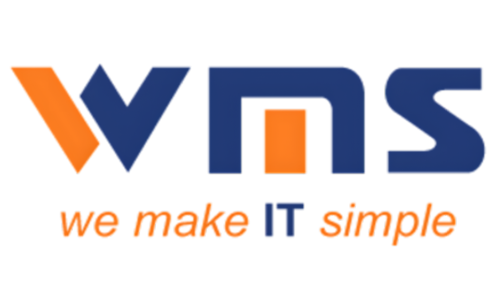
 RISE with SAP
RISE with SAP GROW with SAP
GROW with SAP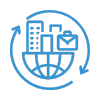 SAP Business One
SAP Business One SAP Business ByDesign
SAP Business ByDesign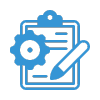 SAP SuccessFactors
SAP SuccessFactors SAP Ariba
SAP Ariba SAP Sales Cloud
SAP Sales Cloud SAP Concur
SAP Concur SAP Business Technology Platform
SAP Business Technology Platform SAP Analytics Cloud
SAP Analytics Cloud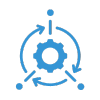 SAP Signavio
SAP Signavio SAP Business One FASHION
SAP Business One FASHION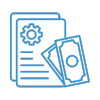 SAP Business One PAYROLL
SAP Business One PAYROLL SAP Business One PDC
SAP Business One PDC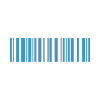 SAP Business One PDT
SAP Business One PDT Sap Business One REAL ESTATE
Sap Business One REAL ESTATE SAP Business One RENTAL
SAP Business One RENTAL